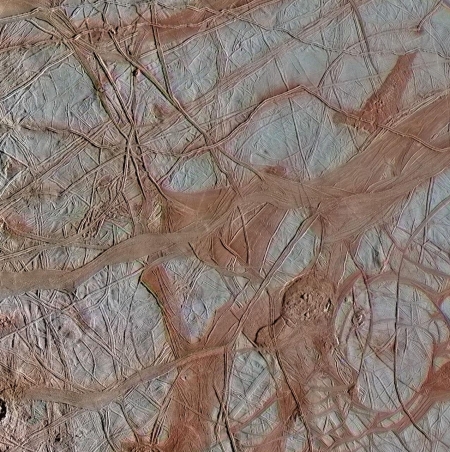California building “army” to track those infected with COVID-19
They’re coming for you next: The California government is now building an “army of tracers” to track those infected with COVID-19 and restrict their future movements.
Gov. Gavin Newsom addressed the concern about inadequate contact tracing on [April 22], announcing plans to train 10,000 people to help local health departments. “The good news is we believe we have the capacity to build an army of tracers,” Newsom said, although he did not say when they’d be ready to deploy.
More on that “army” and its goals here.
“As people move more, we increase the risk for people to get sick,” Sonia Angell, California Department of Public Health director and State Health Officer, said in a live stream. “If people get sick, we want to identify those individuals very early, and then make sure that all of their contacts are also identified.”
…The new contact-tracing platform the state announced today will sync up with California’s existing digital disease surveillance platform, and contact tracers can use it to check in on people’s symptoms through texts, chat, emails, and phone automation, according to Angell. Angell emphasized that the database will focus on health information and will be kept confidential. [emphasis mine]
If you believe the last two words of that quote, I have a bridge in Brooklyn I’d like to sell you.
The second link admits that for this whole plan to work, under present privacy laws “people must be willing to cooperate.” I can tell you this: If I am tested for the Wuhan flu, the very last people I will tell my results to will be these fascist thugs. They aren’t really interested in stopping the virus, which is impossible for them to do. No, what they want is to build up a database of people whom they will then have the right to oppress, by law.
And if you don’t believe me, I still have that bridge in Brooklyn for sale. Make you a good deal, too!
They’re coming for you next: The California government is now building an “army of tracers” to track those infected with COVID-19 and restrict their future movements.
Gov. Gavin Newsom addressed the concern about inadequate contact tracing on [April 22], announcing plans to train 10,000 people to help local health departments. “The good news is we believe we have the capacity to build an army of tracers,” Newsom said, although he did not say when they’d be ready to deploy.
More on that “army” and its goals here.
“As people move more, we increase the risk for people to get sick,” Sonia Angell, California Department of Public Health director and State Health Officer, said in a live stream. “If people get sick, we want to identify those individuals very early, and then make sure that all of their contacts are also identified.”
…The new contact-tracing platform the state announced today will sync up with California’s existing digital disease surveillance platform, and contact tracers can use it to check in on people’s symptoms through texts, chat, emails, and phone automation, according to Angell. Angell emphasized that the database will focus on health information and will be kept confidential. [emphasis mine]
If you believe the last two words of that quote, I have a bridge in Brooklyn I’d like to sell you.
The second link admits that for this whole plan to work, under present privacy laws “people must be willing to cooperate.” I can tell you this: If I am tested for the Wuhan flu, the very last people I will tell my results to will be these fascist thugs. They aren’t really interested in stopping the virus, which is impossible for them to do. No, what they want is to build up a database of people whom they will then have the right to oppress, by law.
And if you don’t believe me, I still have that bridge in Brooklyn for sale. Make you a good deal, too!





